
Rev. James D. Conley, D.D., S.T.L. | Diocese of Lincoln website
An old tale recounts a man who falls into a hole and struggles to escape. A doctor and a priest pass by, offering prescriptions and prayers, but ultimately, it is the man's friend who provides salvation by jumping into the hole, having been there before and knowing the way out. This story serves as an allegory for our need for companionship in navigating life's challenges.
Life is filled with brokenness; everyone carries their own wounds from living in a world that often fails to reflect the love of God. As Jesus stated in the Gospel, “I have told you this so that my joy may be in you and your joy might be complete” (John 9:11). We are all called to embody joy, yet sometimes this proves difficult when we find ourselves entrenched in pain or trauma.
Trauma can occur when we are denied or offered distorted versions of God's love. Such experiences can lead us to believe lies about ourselves and erect false barriers for protection. This can result in cycles of emotional agitation, characterized by hyperactivity or lethargy, accompanied by feelings of shame and fear.
In these moments of emotional turmoil, it is crucial to seek help from someone who can guide us towards healing. One approach involves embracing vulnerability – revealing our innermost selves to another person and trusting them with our hearts.
My journey towards understanding trauma began in 2018 when I was introduced to a podcast called “The Place We Find Ourselves” by Adam Young. This sparked an interest that led me to consume numerous podcasts on similar themes, all echoing the same message: healing is possible.
This newfound knowledge prompted me to enroll at the Allender Center in Seattle where I earned a certificate in Narrative Focused Trauma Therapy after 100 hours of classroom teaching and small group work. Although I do not agree with all teachings from the center, my time there was beneficial.
Following my studies at the Allender Center, Bishop James Conley appointed me as a formation coach at St. Gregory the Great Seminary. Here, I have had the privilege of guiding seminarians through their personal stories of wounds and lies, witnessing God's healing power in action.
One such seminarian is Deacon Augustine Reimers. He recently shared with me his beautiful chalice and asked if I would clothe him in priestly garments during his ordination Mass, symbolizing his transition from a life shrouded in lies to one of truth and faith. Overwhelmed with emotion, I agreed.
This transformative journey of healing offers hope for future pastors and shepherds across the country who are seeking God's healing touch. When members of their flocks approach them for help, they will be able to guide them towards healing because they themselves have walked that path.
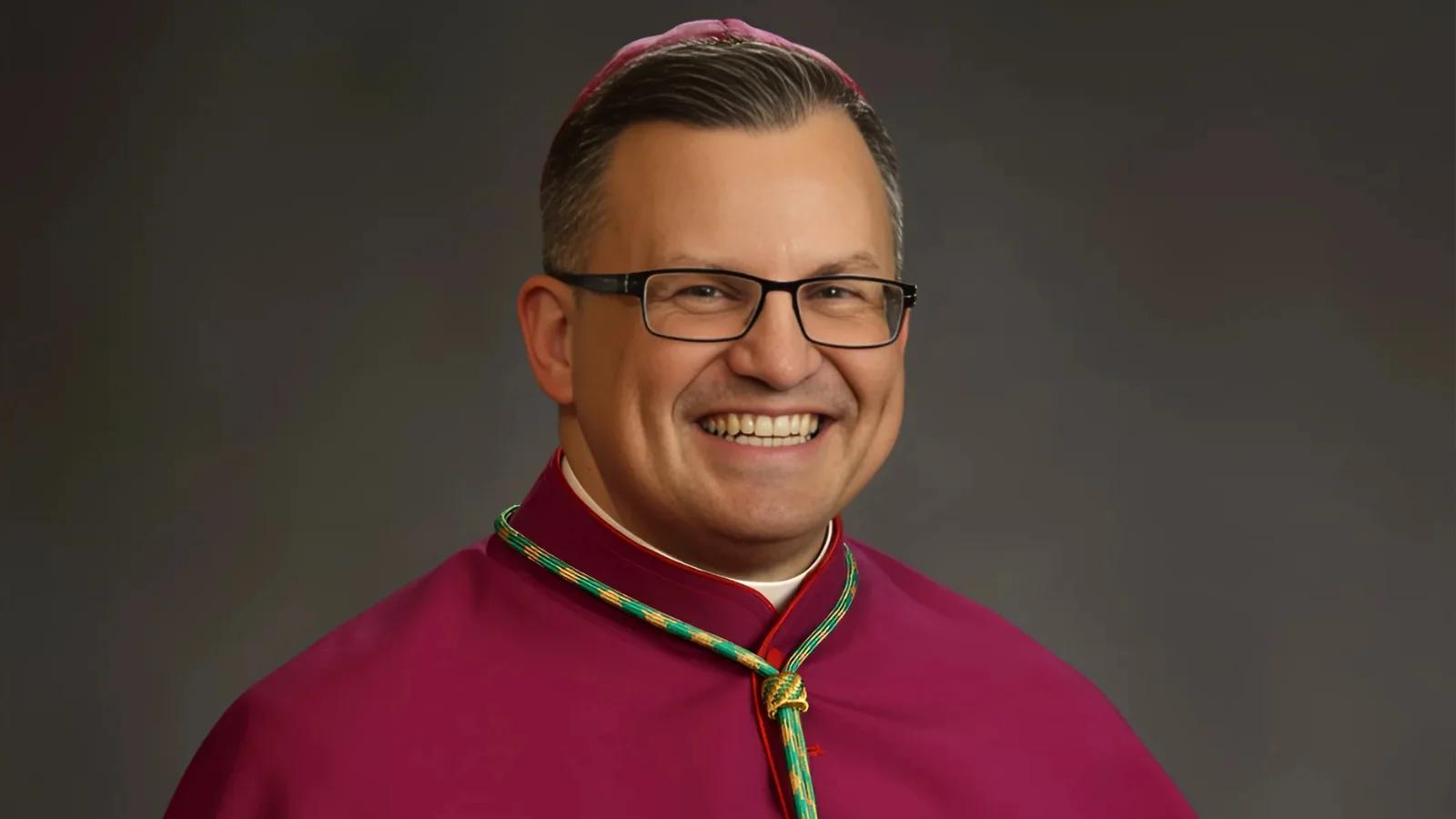
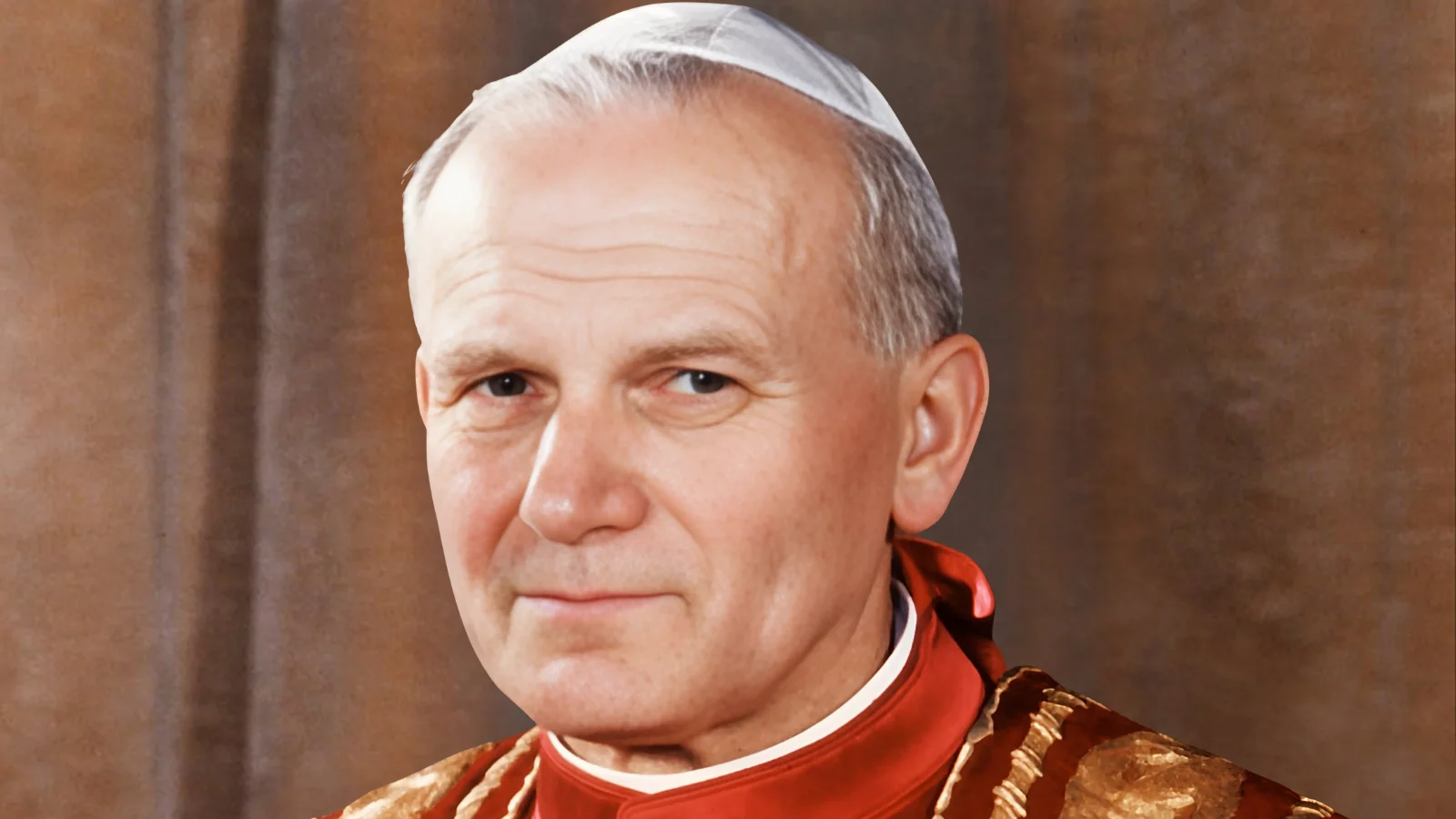
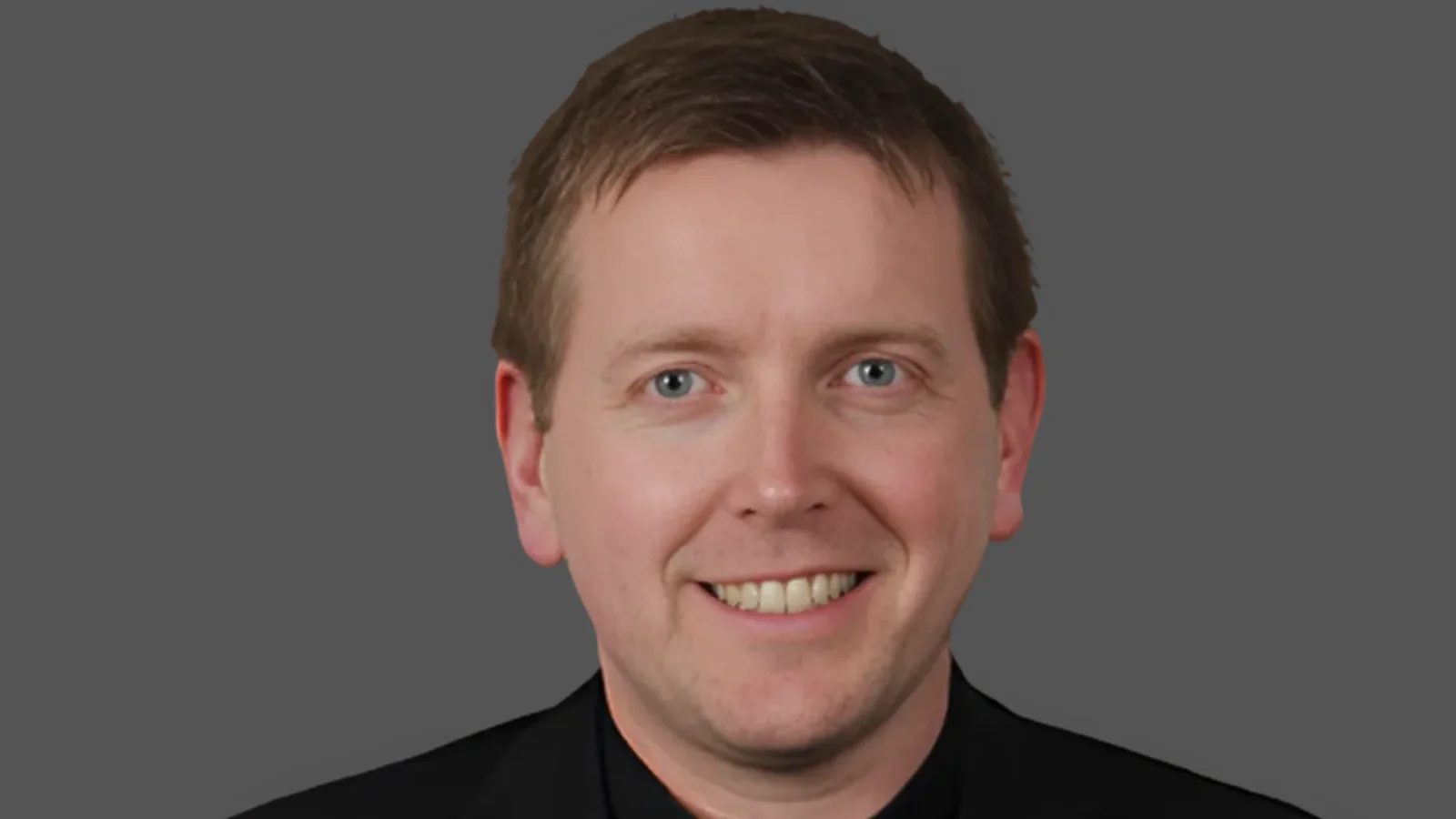

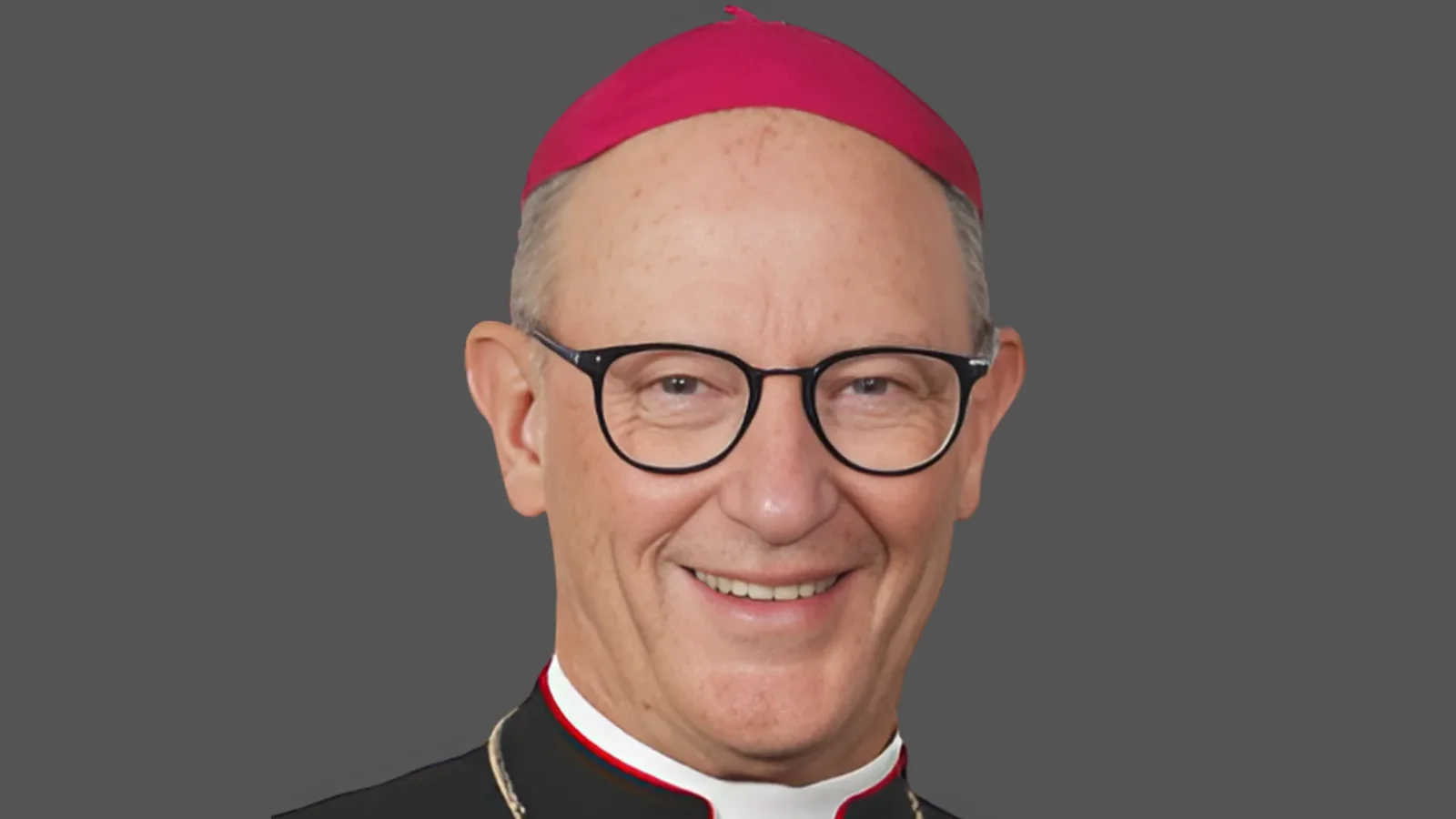
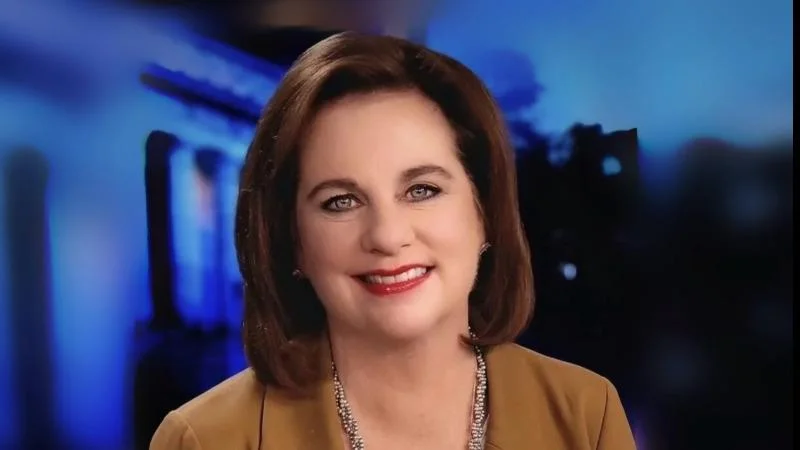
 Alerts Sign-up
Alerts Sign-up